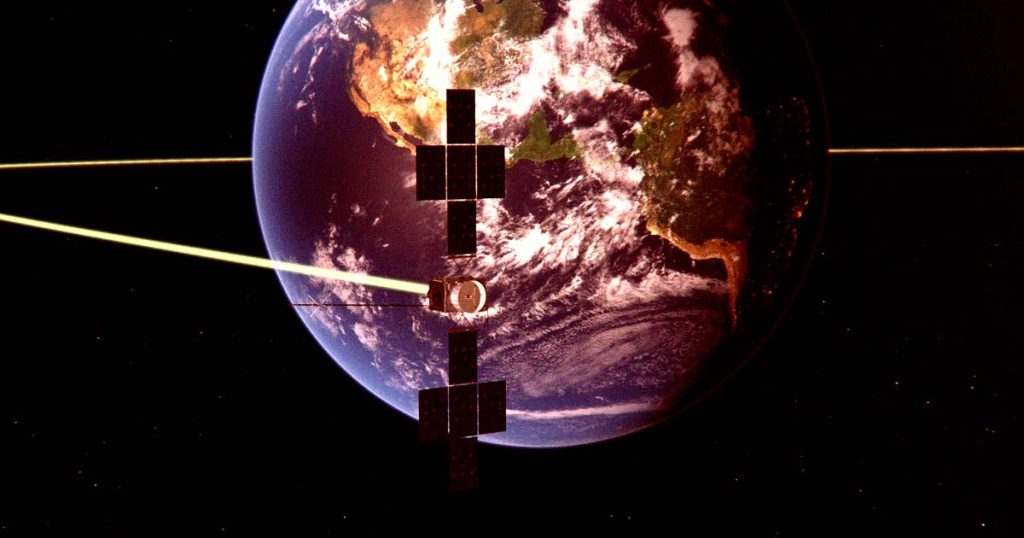
Spacecraft to Scream Past Earth in a “Double World First” Slingshot Flyby (Image Credit: futurism-com)
It’ll come eerily close to the surface of the Moon.
Double Trouble
The European Space Agency’s Jupiter Icy Moon Explorer (JUICE) is about to slingshot past Earth and our Moon on its way to the outer solar system in what the agency is calling a “double world first.” As Euronews reports, the ESA announced that its spacecraft, which was launched last year and is slated to reach the gas giant in 2031, will become the first to attempt a double gravitational assist maneuver and a lunar-Earth flyby.
After its April 2023 launch, JUICE has circled back around towards Earth and our Moon on its way to Venus as it charts a circuitous pattern around the inner Solar System to build up the momentum to reach Jupiter.
As it passes by its home planet for the first of three flybys, JUICE will get an important gravity boost.
“You need a gravitational assist — or pull — from the planets to help you get enough energy and be able to fly up to Jupiter,” Nicolas Altobelli, ESA’s JUICE mission manager, told Euronews.
While these sorts of “assists” have been a hallmark of space travel since the 1970s, the first of JUICE’s attempts is historic because it will use the combined gravity of the Earth and the Moon to figuratively get the ball rolling.
The slingshot aspect of JUICE’s journey is already incredible — but the lunar-Earth flyby is, perhaps, even more daring.
Close Encounters
As the agency notes, this “daring” feat will bring JUICE a mere 466 miles from the surface of the Moon and 4,250 miles from Earth. There’s a lot that could go wrong during this audacious flyby, so ESA will be watching the probe’s trajectory closely using its onboard scientific instruments.
ESA predicts that JUICE will begin its closest proximity to the Earth and Moon on August 19.
The agency has even scheduled a livestream for the occasion, which begins around 5:30 pm EDT — and we’ll be closely following along.
More on Jupiter: James Webb Observes Mysterious Structures Above Jupiter’s Great Red Spot





